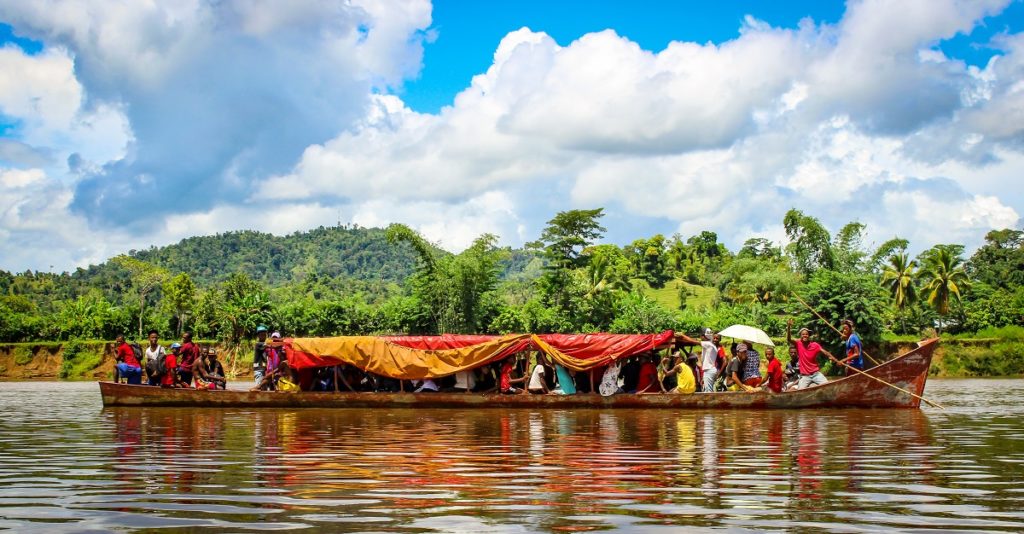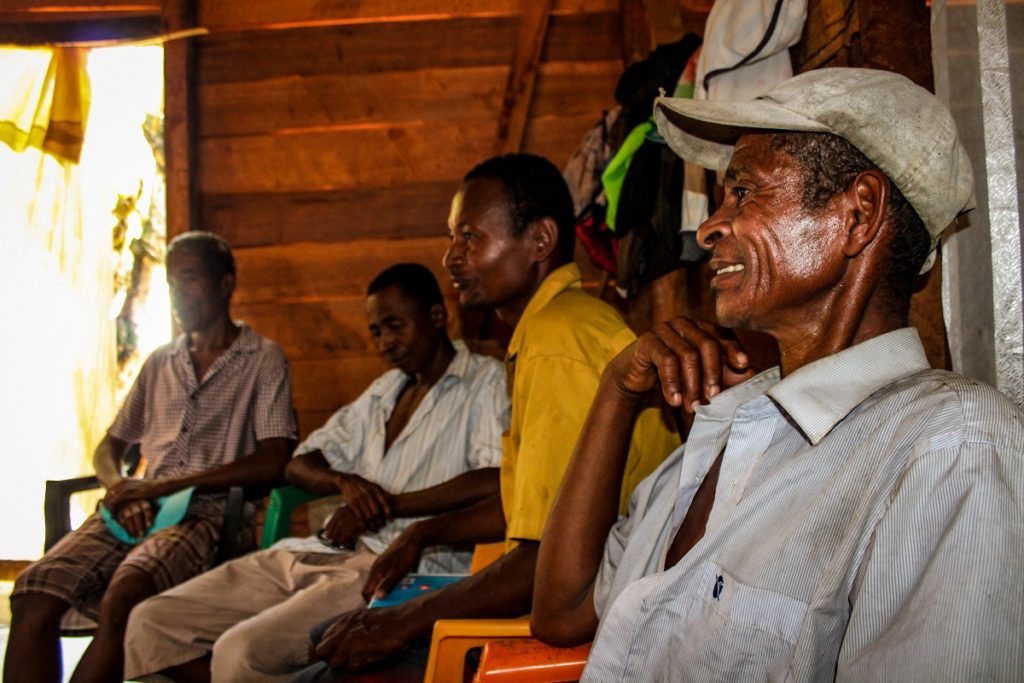JSI’s Population, Health, and Environment Legacy: Two Decades of Dedication and Impact
November 9th, 2018 | viewpoint
This year, JSI celebrates 20 years of work around the world improving people’s health by caring for, reinvigorating, and protecting their environment. Some of our most impactful activities have occurred in Madagascar, an island with extraordinarily rich biodiversity. Since we began working alongside institutions in Madagascar under the Jereo Salama Isika project in 1998, we have witnessed inspiring progress, often through small, doable actions.

In the past two decades, population, health, and environment (PHE) work in Madagascar has morphed from an idea to a national movement championed by multiple Ministries, national and international NGOs, and prominent donors. Today, active collaboration between health and conservation organizations is common and better data and analysis of PHE programs provides the context for more investment in PHE.
Yet despite this progress, some of the challenges we saw with our first PHE project in 1998 are still a factor in our current work. Although Madagascar has an astonishing amount of natural resources, unsustainable land management practices, (like agricultural burning, deforestation, and wildlife harvesting) threaten the country’s environmental richness and intensify widespread poverty as natural resources are depleted.
These threats are combined with continued population growth. Madagascar’s population growth rate has historically been high, placing stress on its inhabitants and environment. Over time, this rate has declined slightly (2.689% as of 2016), but it’s still one of Africa’s highest growth rates (World Bank, 2018).
The idea of targeting these challenges by integrating environment and health activities under the PHE label started to gain traction in Madagascar in the late 1990’s. In a few villages located in fragile environmental zones, development partners built on the expertise of local health and environmental NGOs and government institutions and used strategies from both sectors to move forward. Initially, the primary leader was the U.S. Agency for International Development (USAID) and its implementing agencies— including John Snow, Inc.

Currently, the JSI-implemented Mahefa Miaraka program partners with the Advancing Partners and Communities project on the Population, Health, and Environment (PHE) Integration Activity. The Activity connects multiple government ministries in Madagascar to build their interest in and capacity to support strong, sustainable PHE programs. This work deeply involves Madagascar’s PHE Network, a group of 42 local organizations, governmental bodies, and international entities who work in conservation and health. The PHE Integration Activity continues the legacy of small, doable actions by partnering with various PHE Network members to strengthen innovative PHE models and activities and then replicate them at new sites.
For those of you attending the 2018 International Family Planning Conference, learn more about our groundbreaking work in Madagascar by attending our sessions and side events.
Written by Elaine Rossi
We strive to build lasting relationships to produce better health outcomes for all.